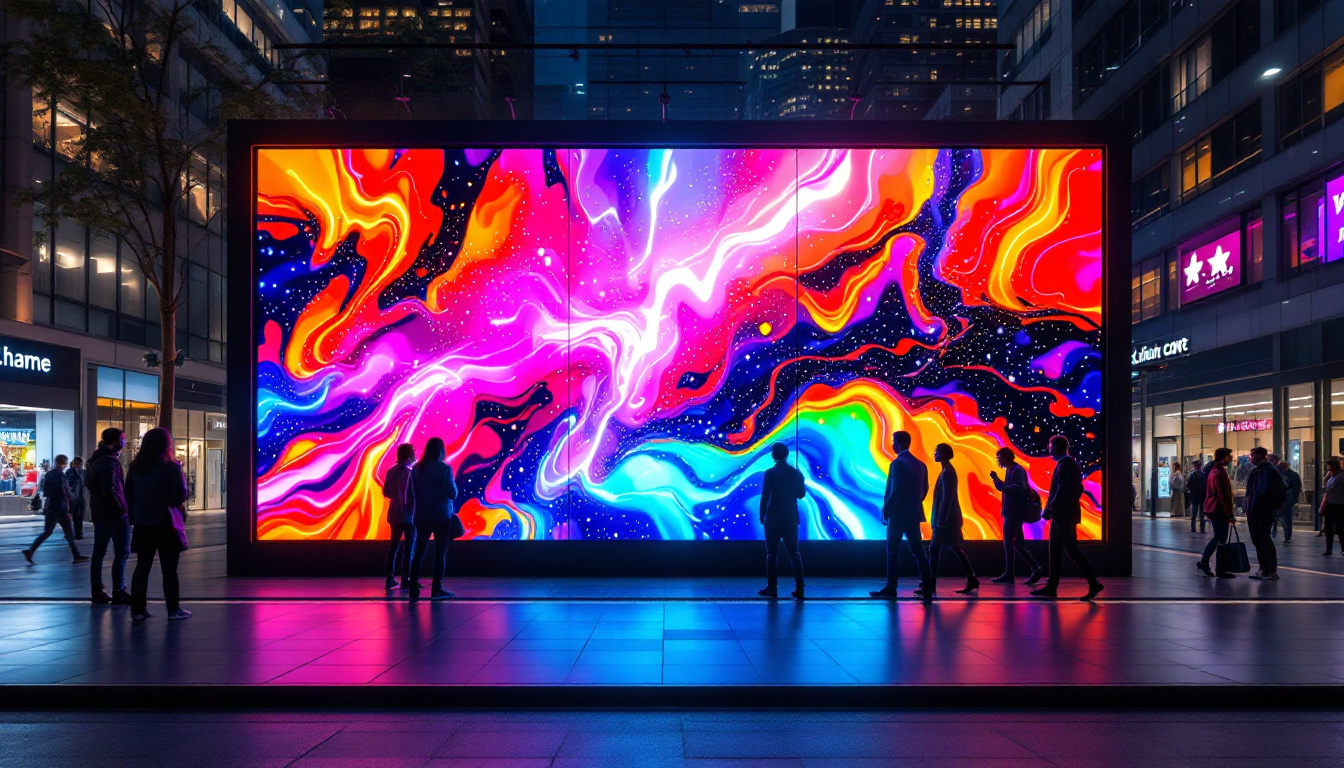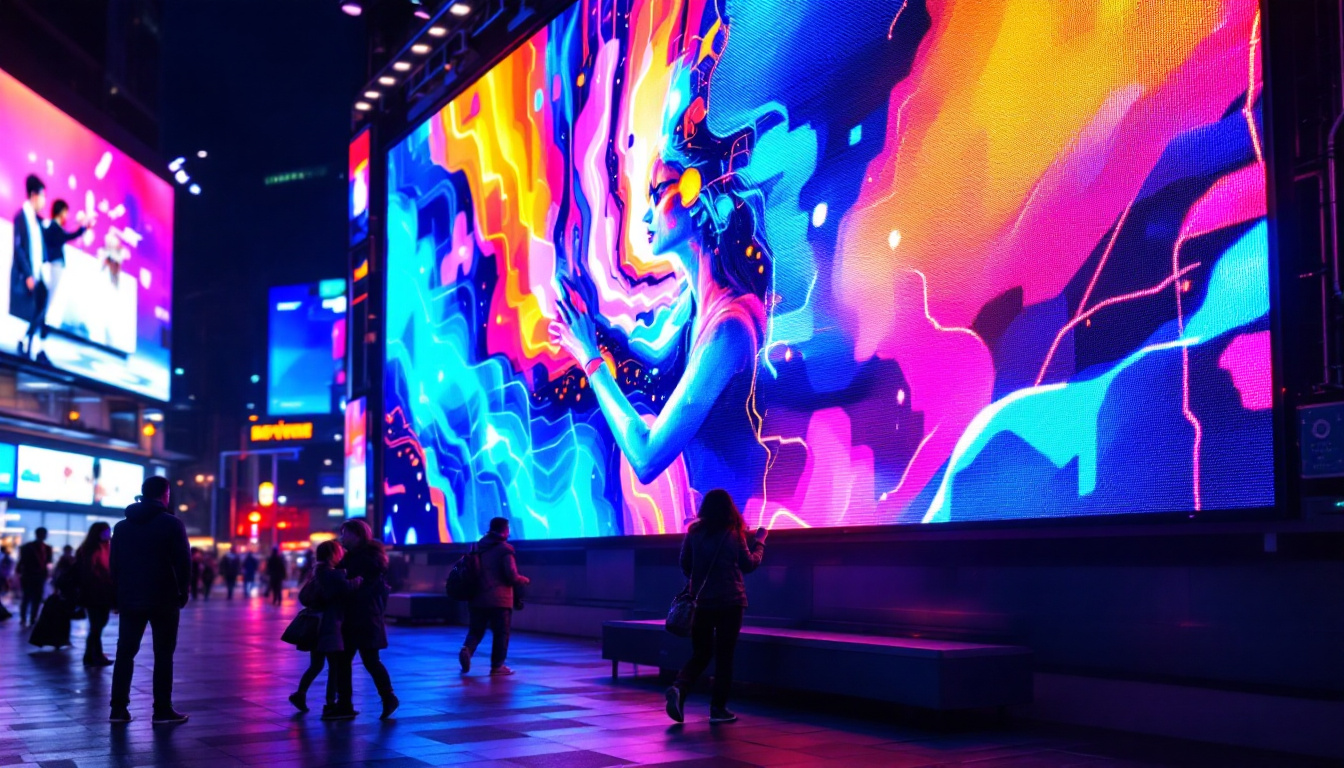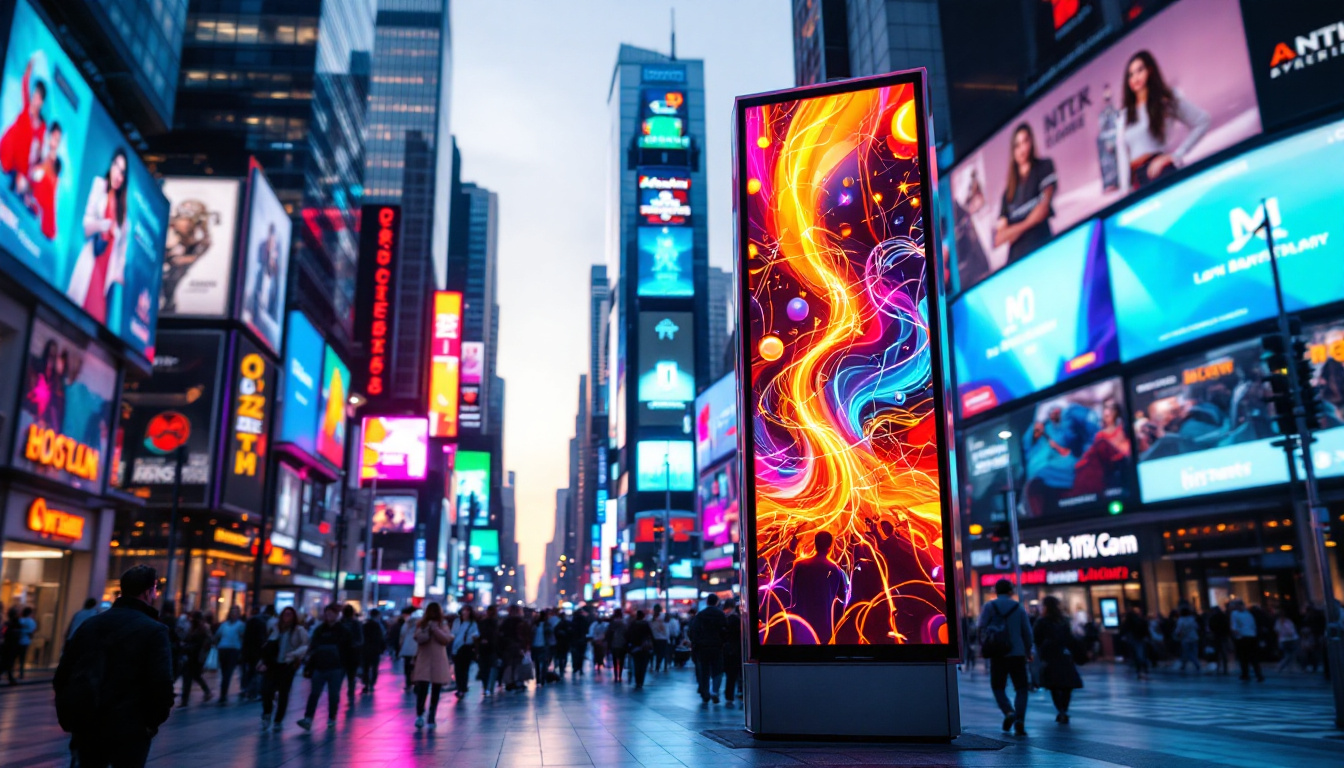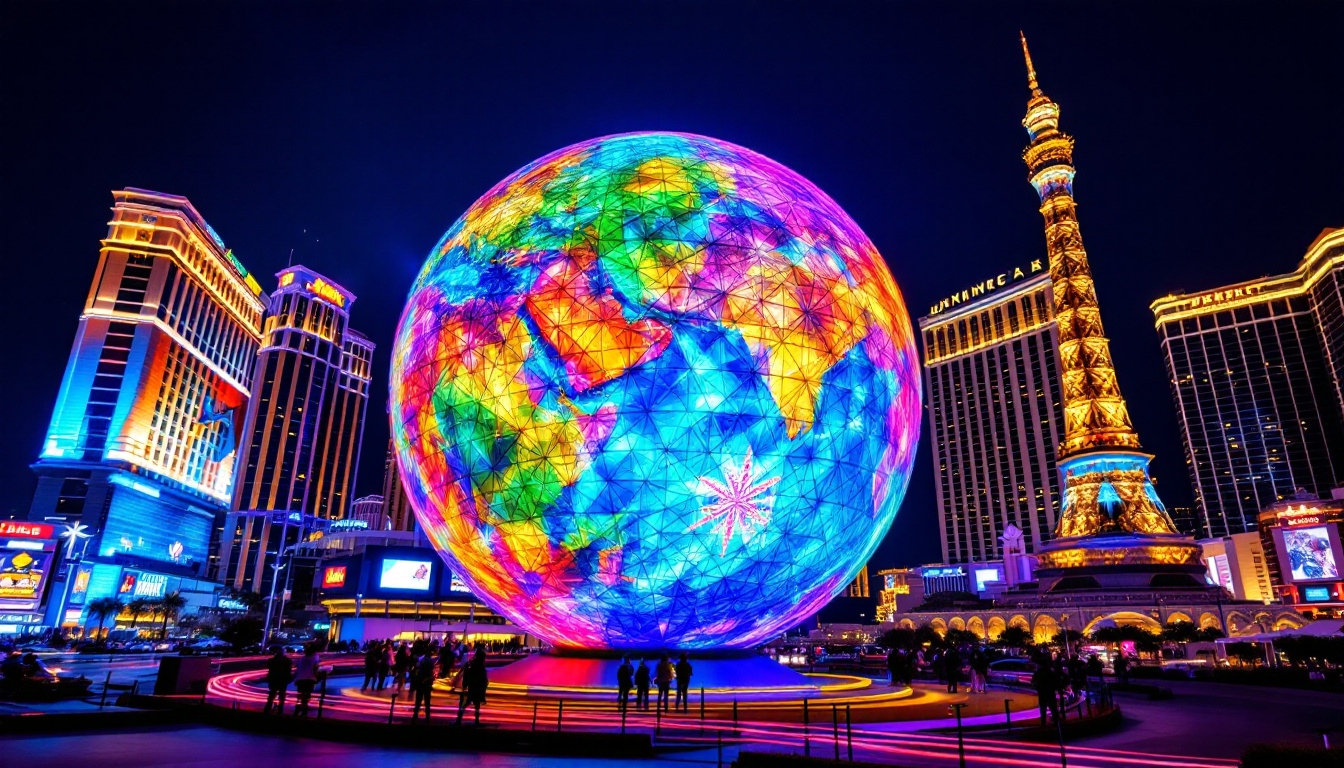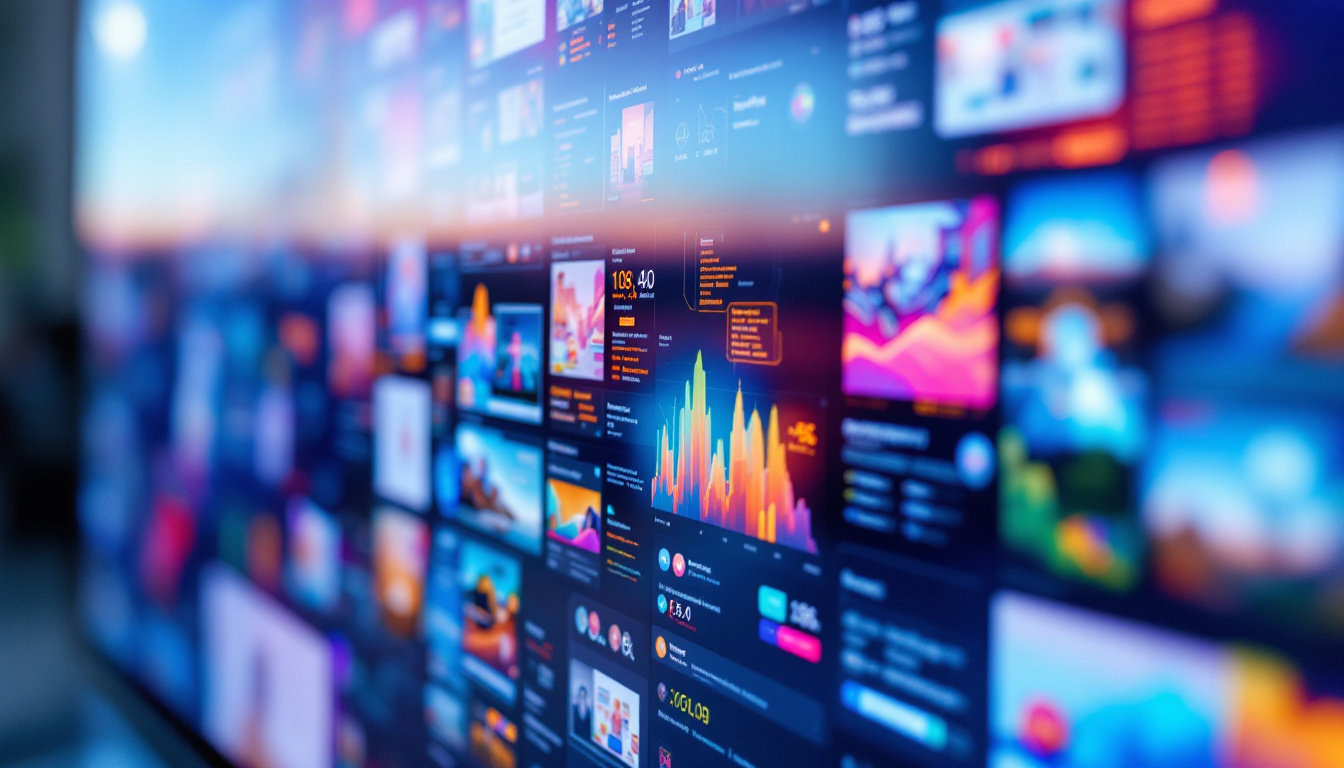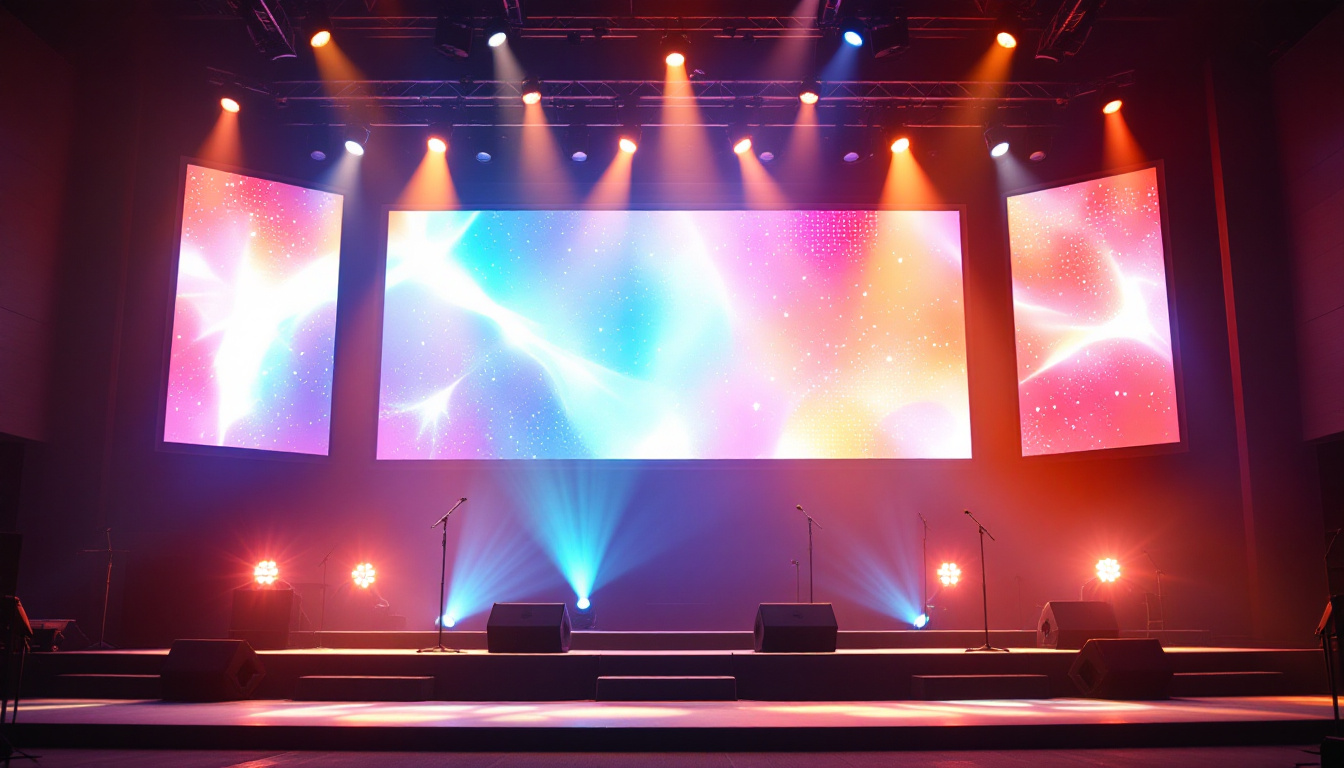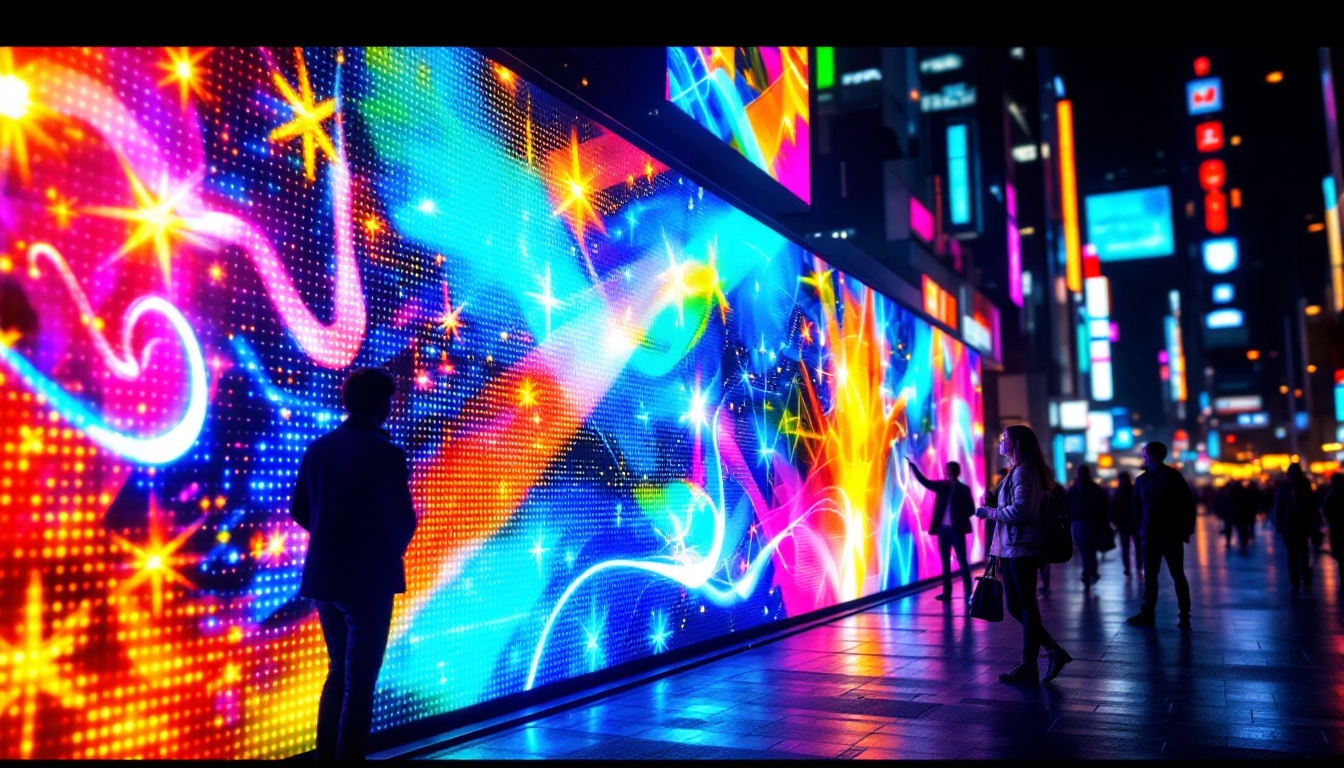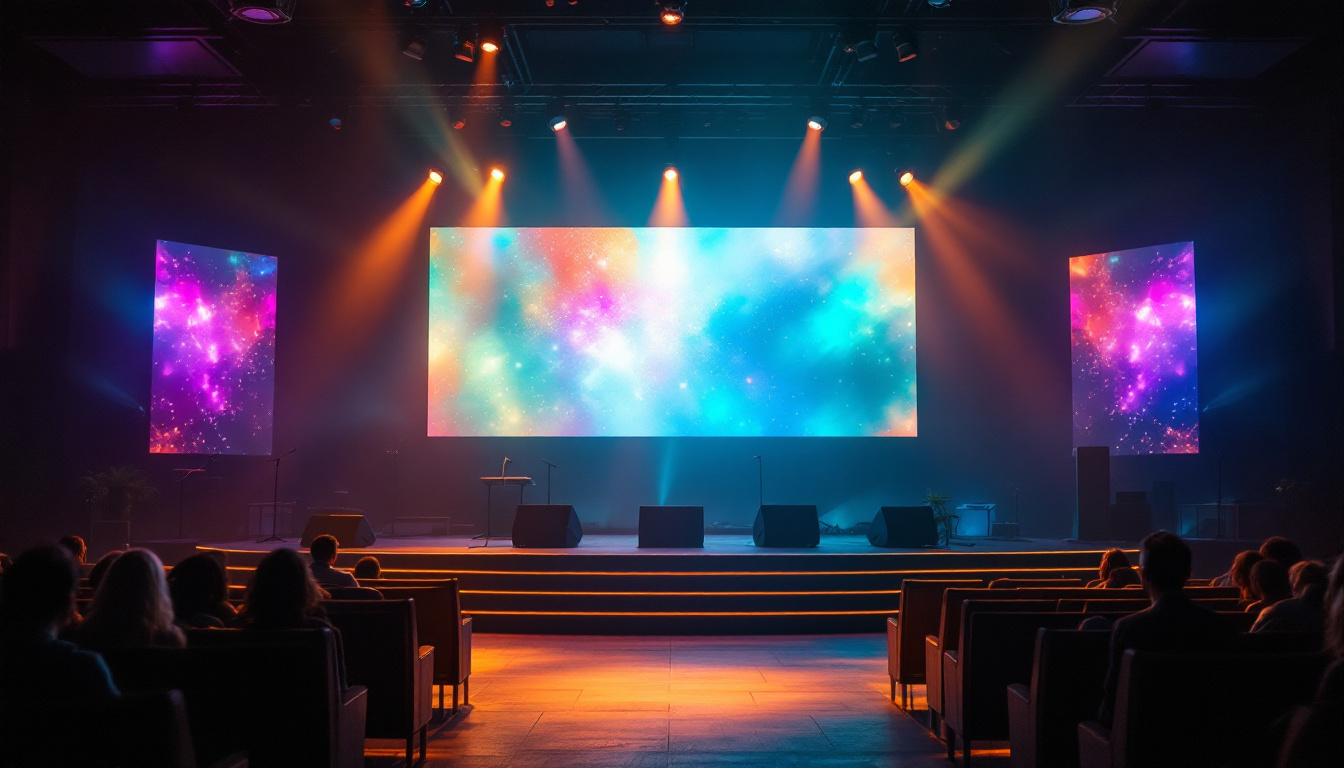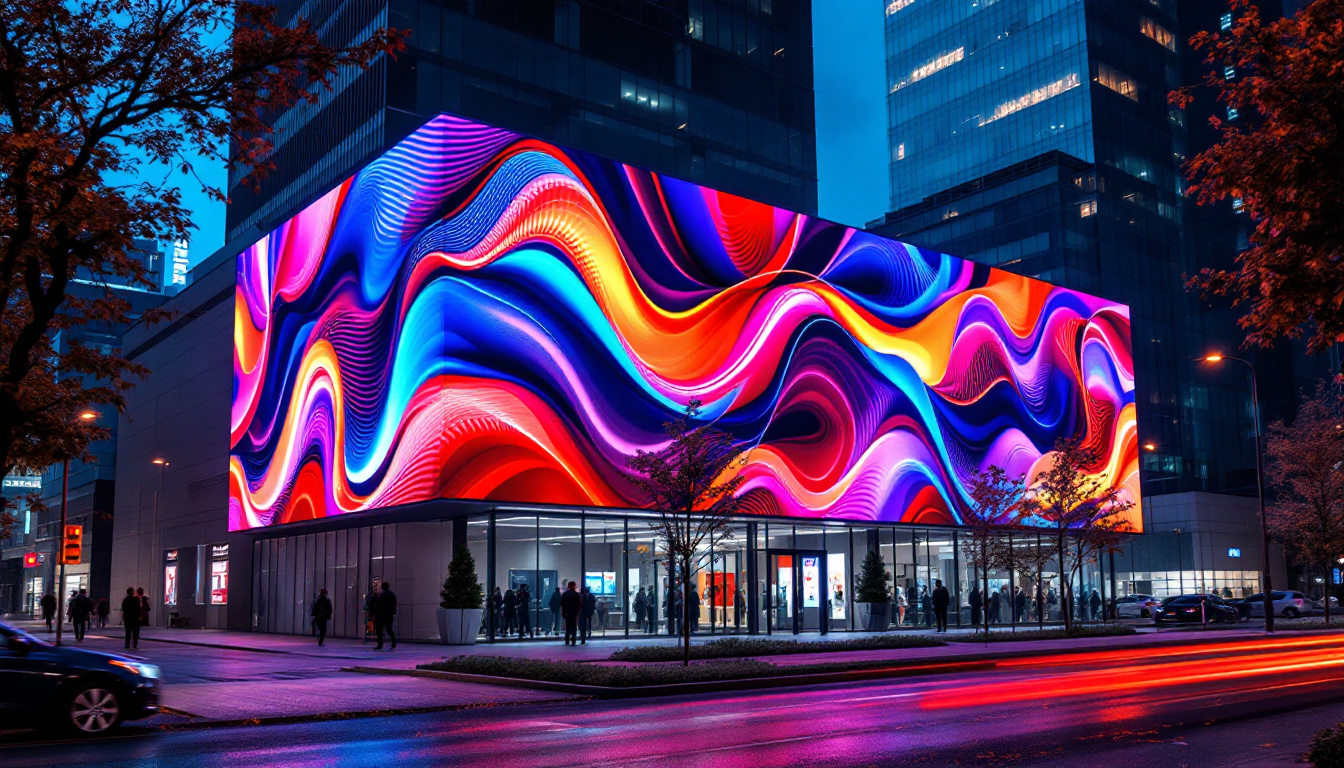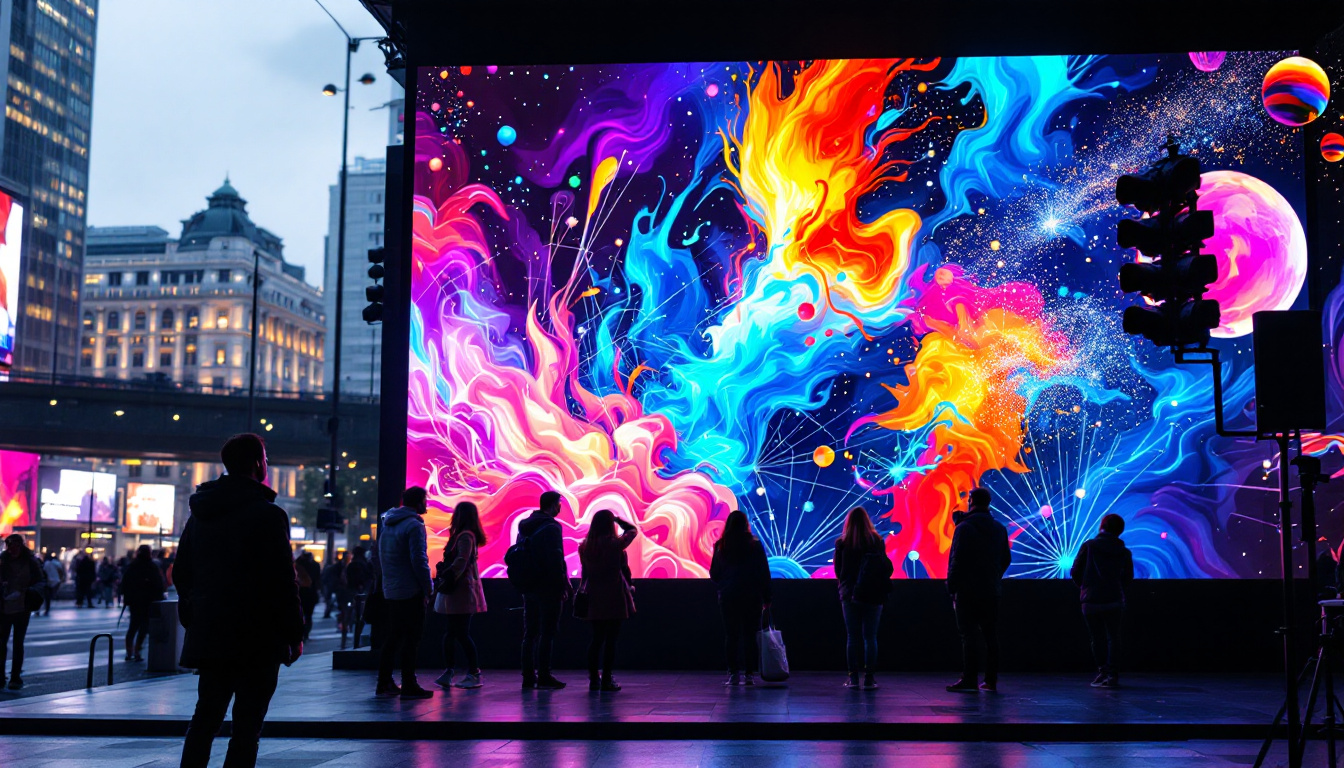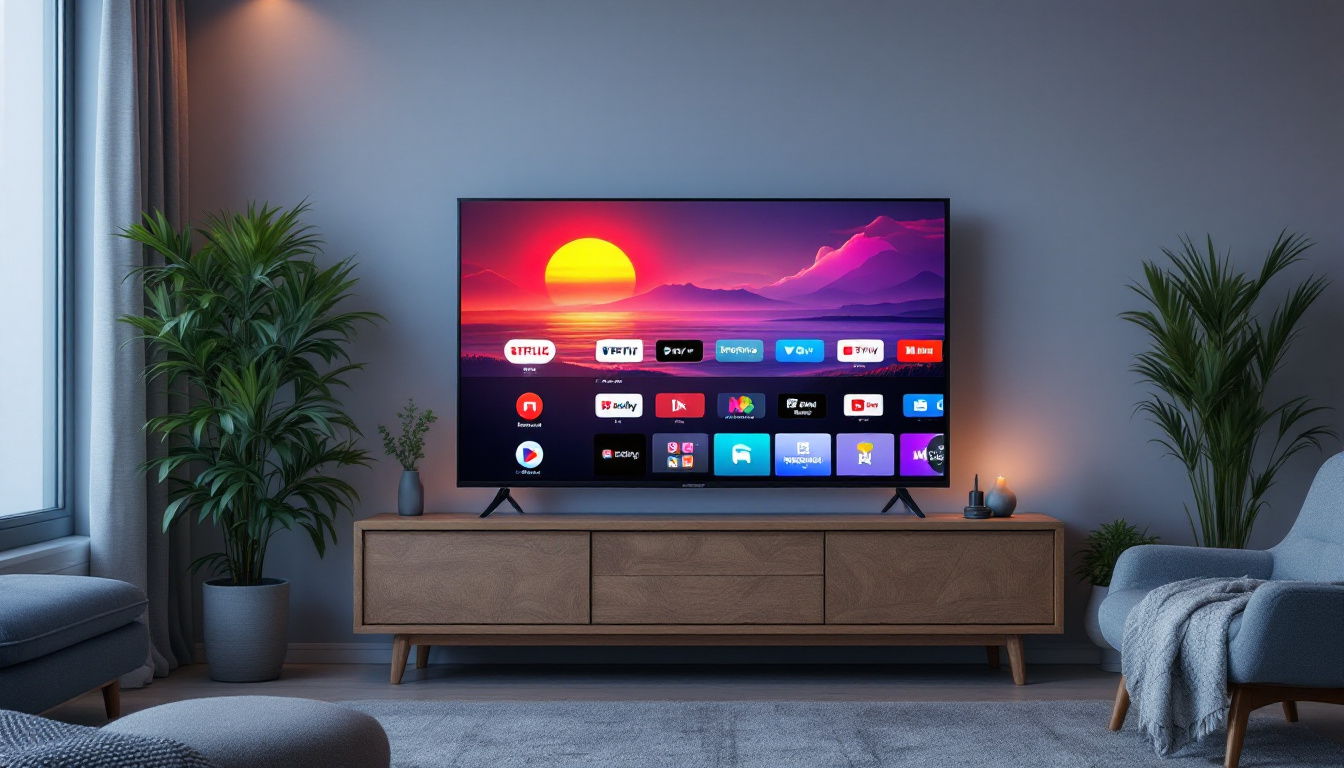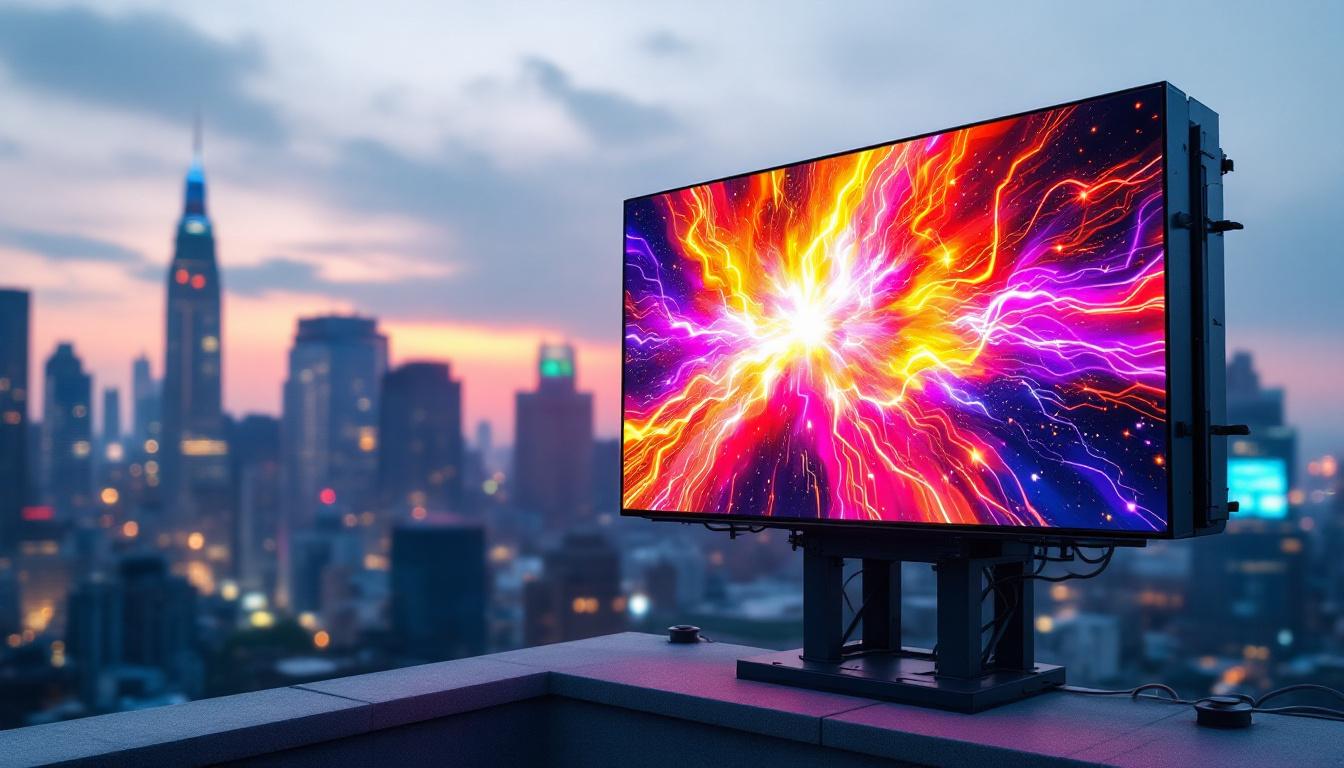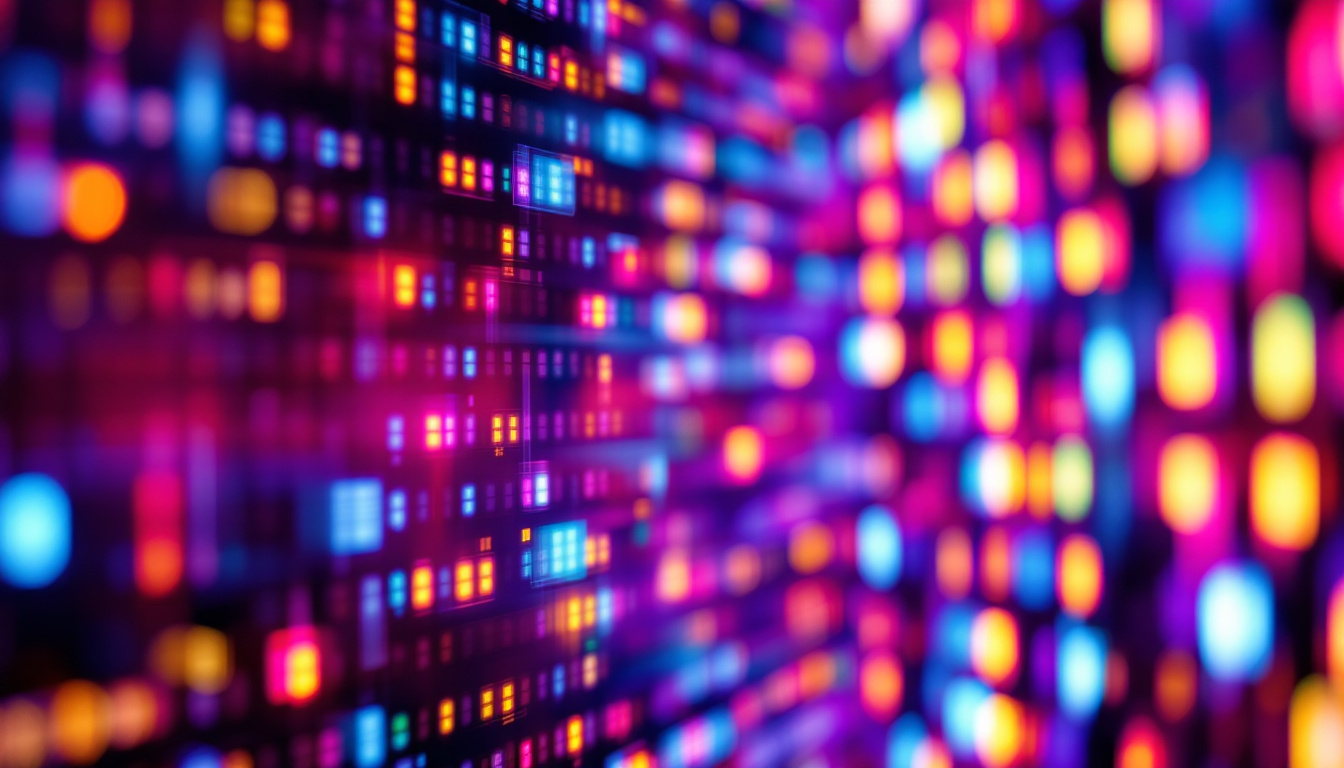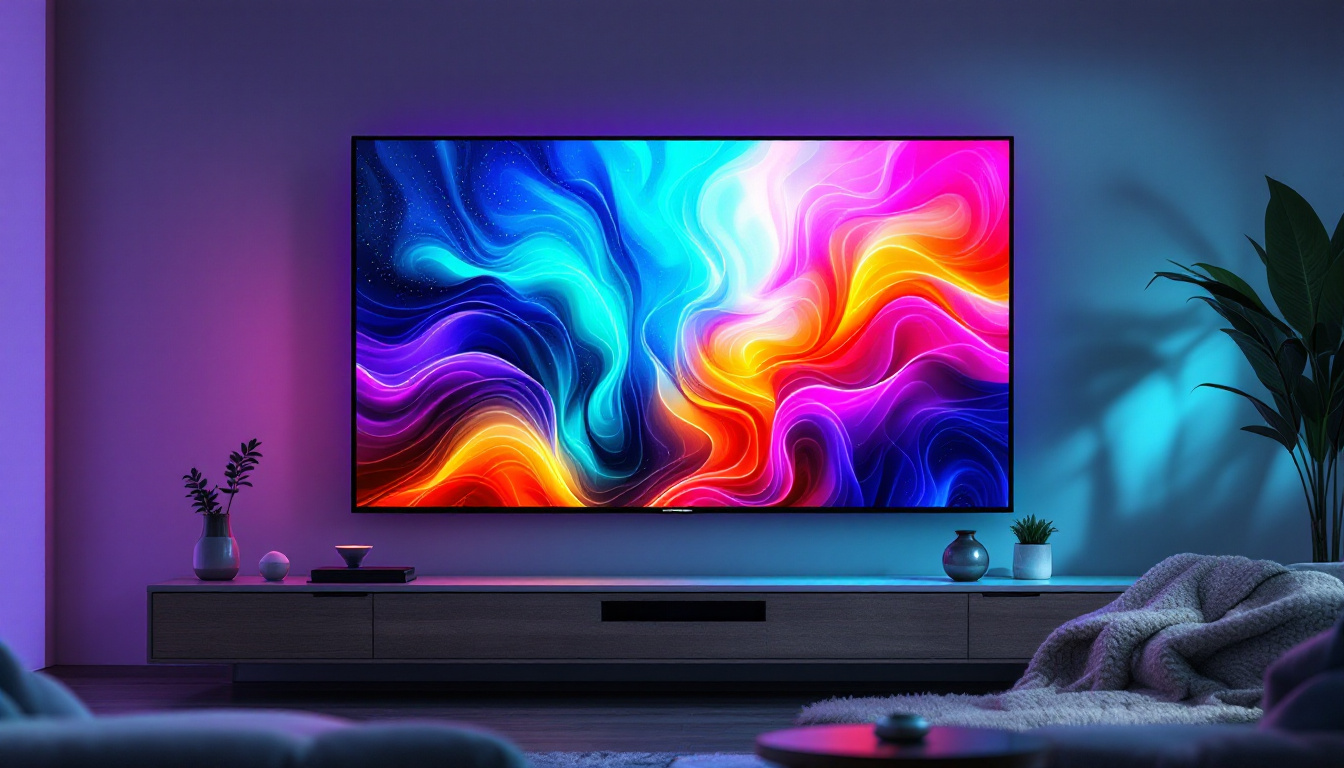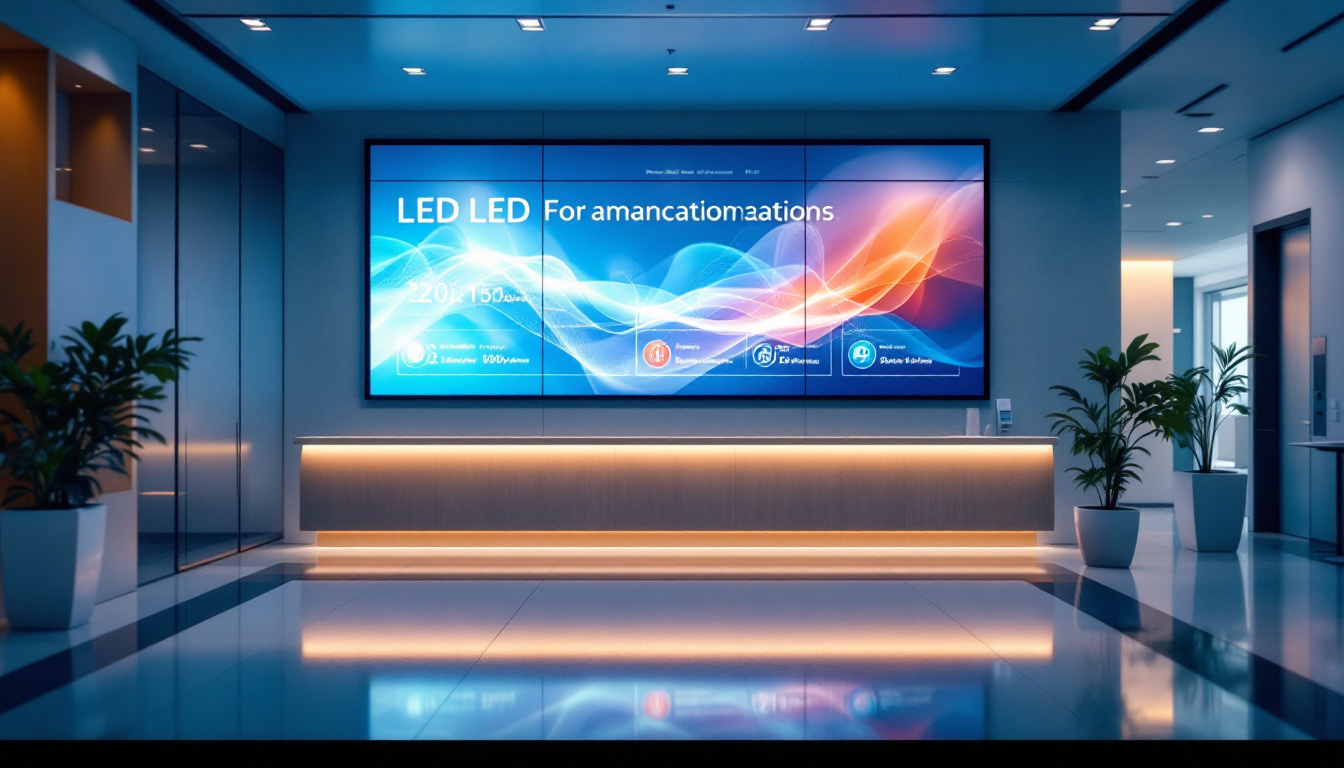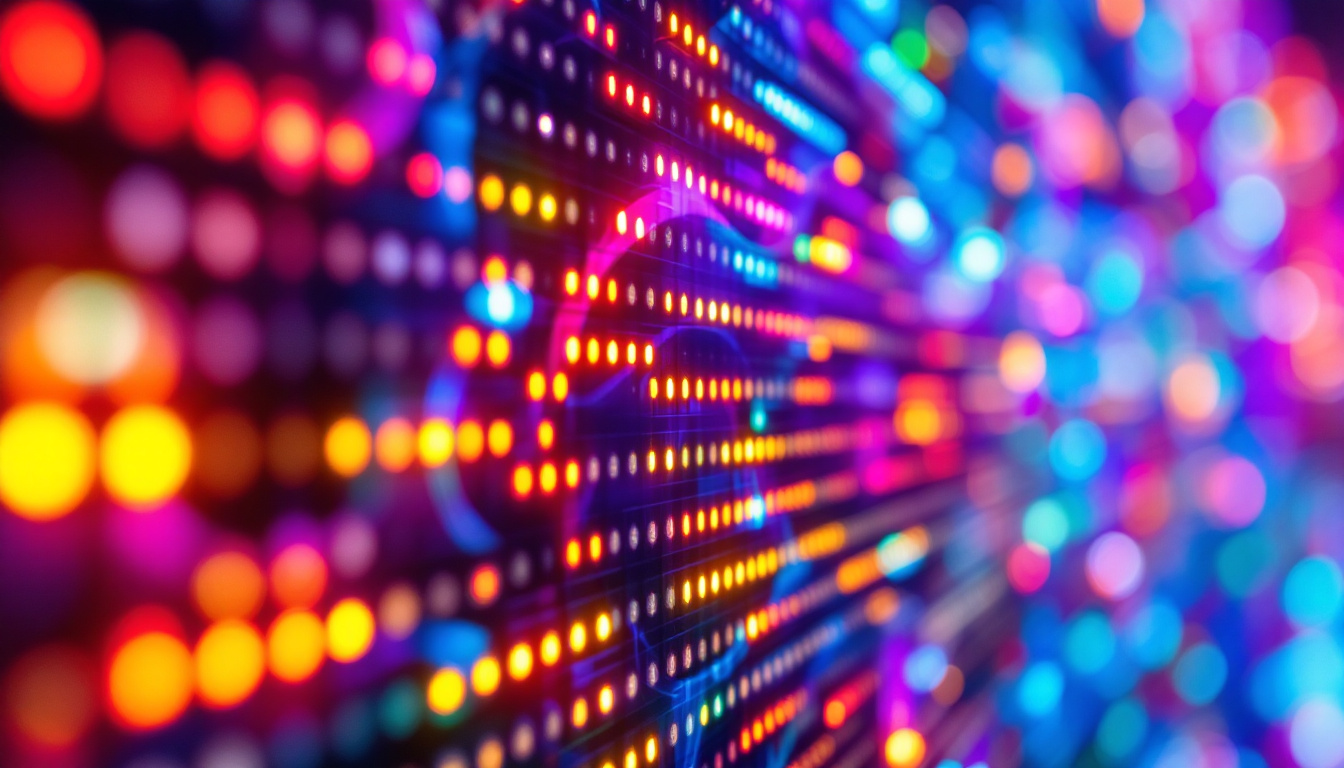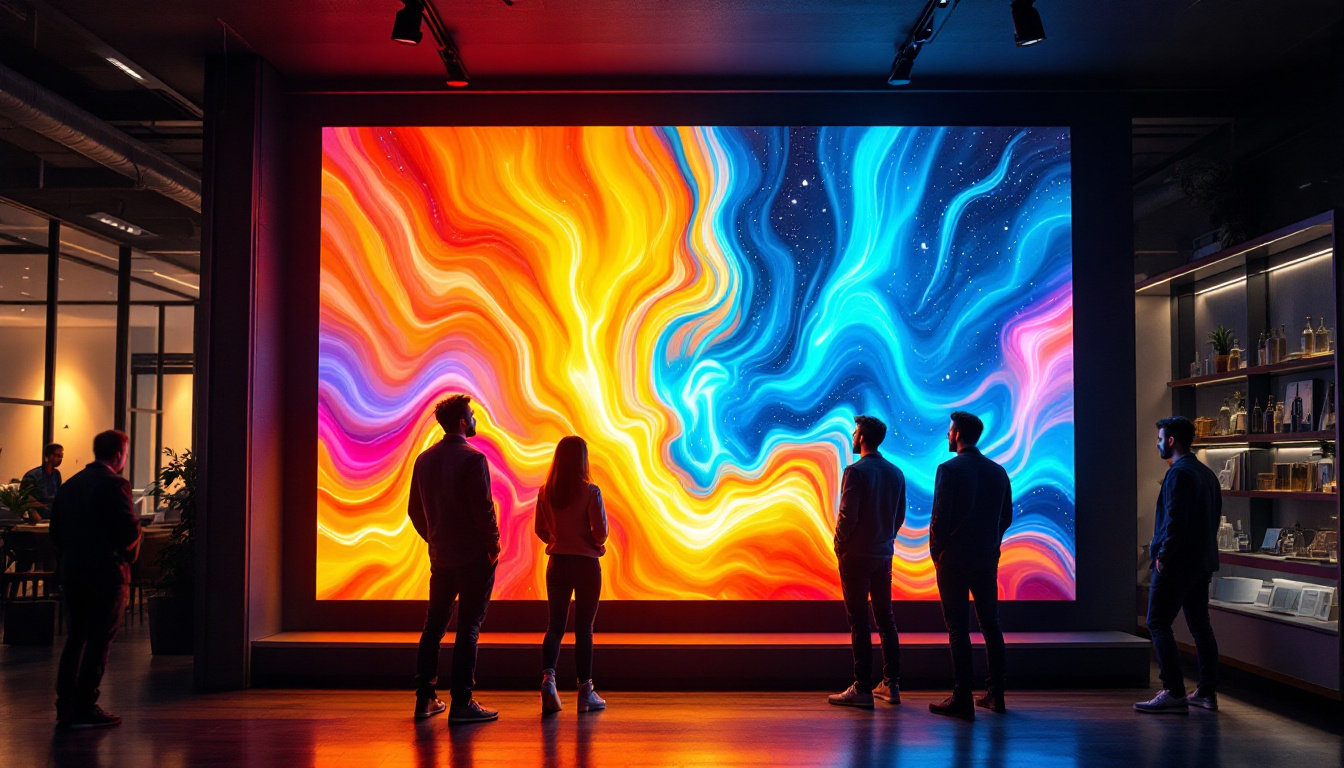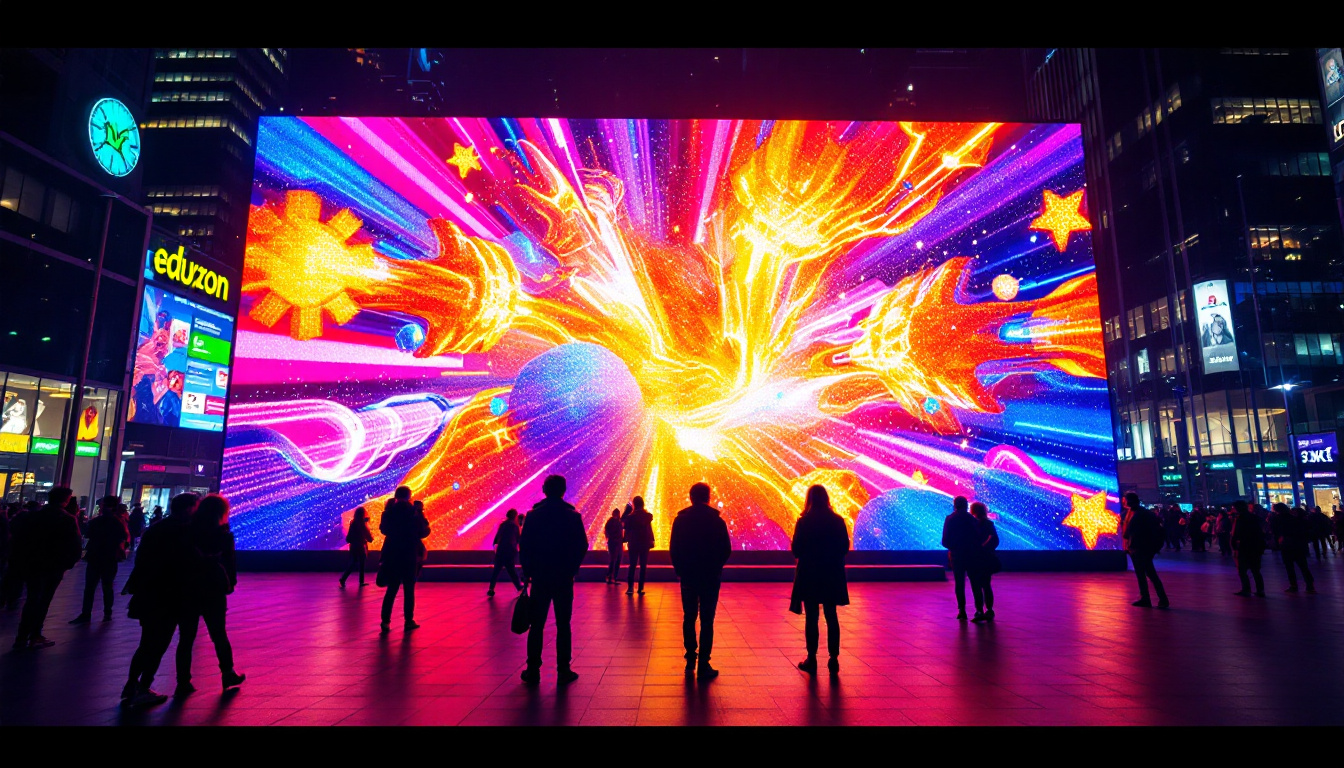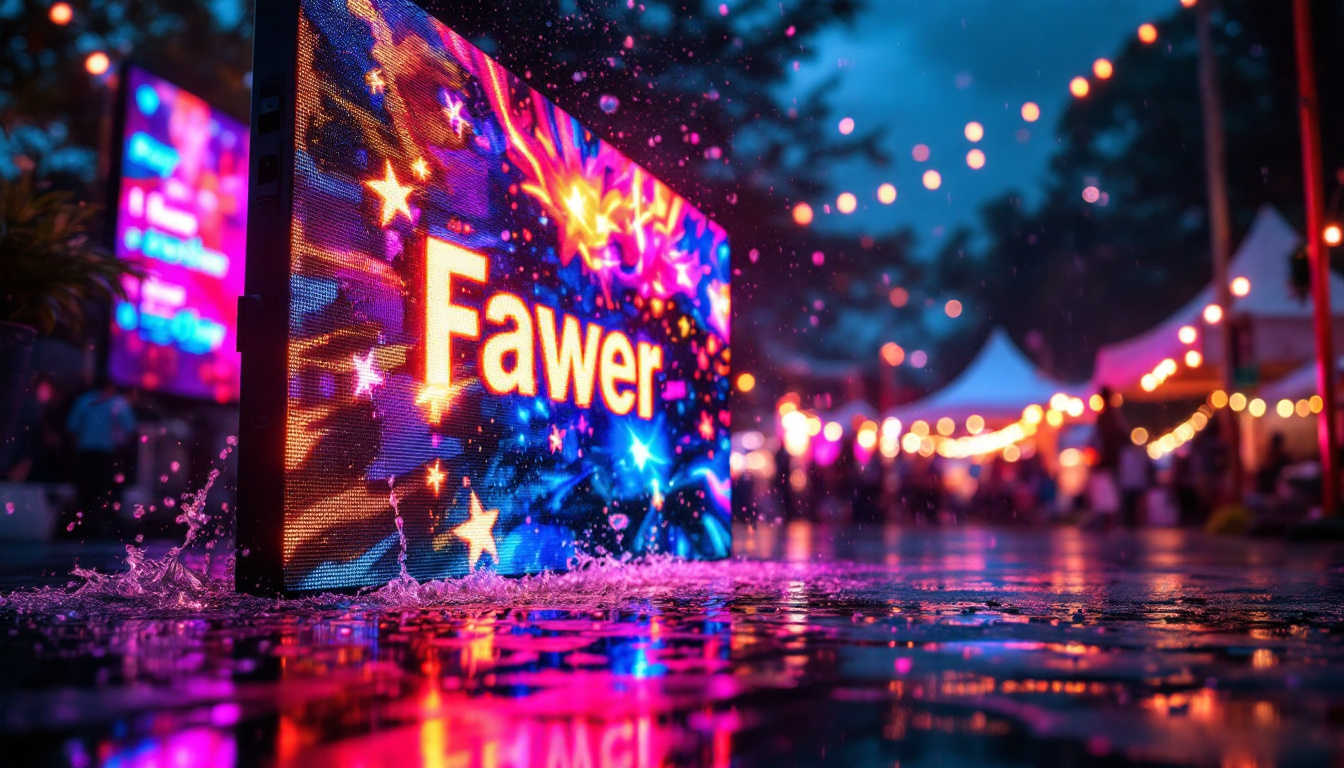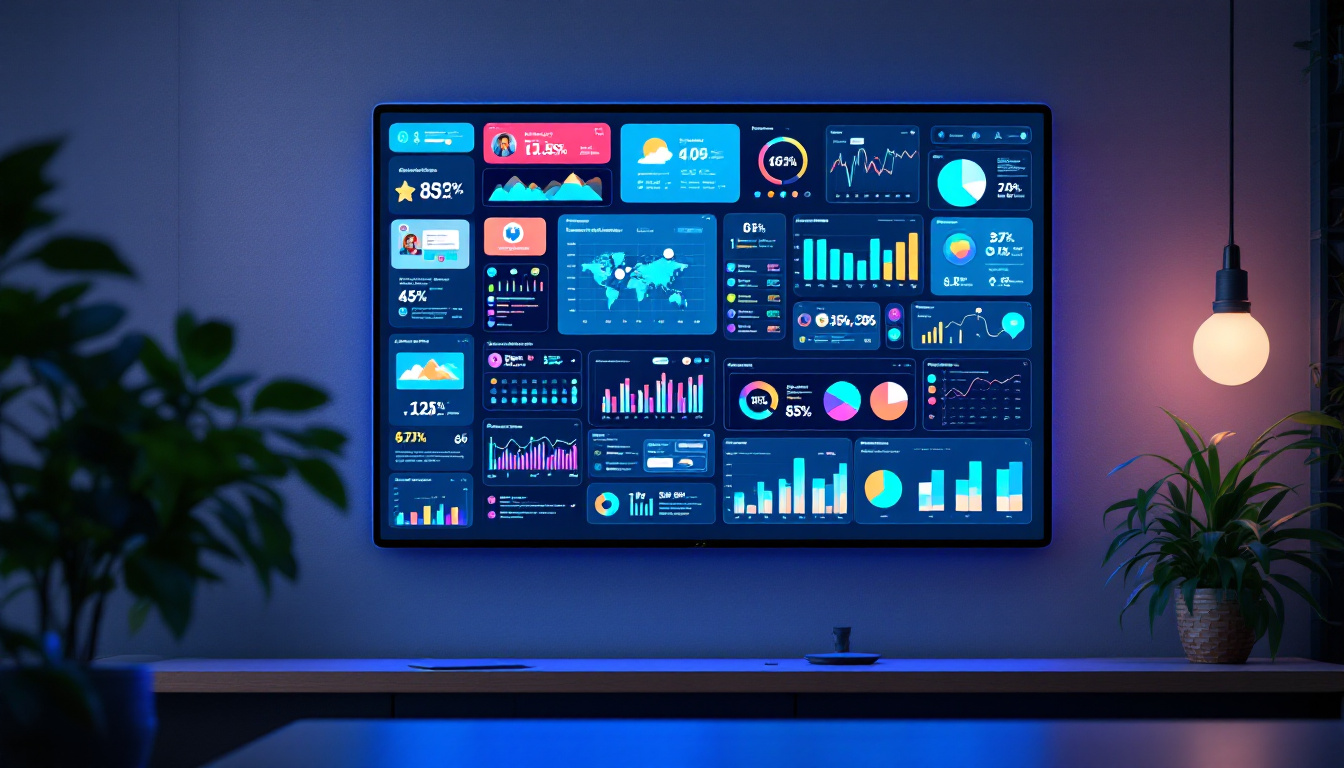In the world of modern technology, LED displays have become a staple in various applications, from televisions to smartphones and digital signage. Understanding the intricacies of LED displays, particularly the concept of refresh rate, is essential for anyone looking to make informed decisions about their display technology. This article delves into the details of LED displays, focusing on refresh rates, their significance, and how they impact the viewing experience.
Understanding LED Technology
Light Emitting Diodes (LEDs) are semiconductor devices that emit light when an electric current passes through them. They have revolutionized the display industry due to their energy efficiency, longevity, and versatility. LED displays can be found in a wide range of products, from small screens on handheld devices to massive outdoor billboards.
The Basics of LED Displays
LED displays consist of an array of tiny LEDs that work together to create images and videos. Each LED can emit different colors, and by combining these colors, a full spectrum of hues can be produced. The arrangement of these LEDs can vary, leading to different types of displays, such as OLED (Organic LED) and QLED (Quantum Dot LED). OLED technology, for instance, allows for thinner panels and more flexible designs, making it ideal for modern televisions and smartphones, while QLED enhances color accuracy and brightness, appealing to high-end display markets.
Advantages of LED Displays
One of the primary advantages of LED displays is their energy efficiency. Compared to traditional LCD screens, LED displays consume less power, which is particularly beneficial for large installations. Additionally, they offer brighter images and better contrast ratios, making them suitable for various lighting conditions. This brightness is especially crucial in outdoor settings where ambient light can wash out the display, ensuring that advertisements and information remain visible even in direct sunlight.
Another significant benefit is their longevity. LED displays can last tens of thousands of hours, reducing the need for frequent replacements. This durability, combined with their low maintenance requirements, makes them a cost-effective choice in the long run. Furthermore, the robust nature of LEDs means they are less susceptible to damage from shocks and vibrations, making them ideal for use in dynamic environments, such as sports arenas and concert venues. The ability to withstand extreme conditions also opens up opportunities for innovative applications, such as digital signage in transportation hubs and outdoor events, where reliability is paramount.
What is Refresh Rate?
Refresh rate refers to the number of times per second that a display updates its image. Measured in hertz (Hz), a higher refresh rate means smoother motion and less blur in fast-moving images. This is particularly important for applications such as gaming, sports broadcasts, and action movies, where rapid changes in visuals are common. A higher refresh rate can also enhance the overall viewing experience by making animations and transitions appear more fluid, which is especially beneficial in virtual reality (VR) environments where immersion is key.
How Refresh Rate Works
When a display refreshes, it redraws the entire screen to show new images or updates. For instance, a display with a refresh rate of 60Hz refreshes the image 60 times per second. This process is crucial for maintaining a fluid viewing experience, as it helps to minimize motion blur and flickering. Additionally, the refresh rate interacts with the frame rate of the content being displayed. If the frame rate of a video game or movie exceeds the refresh rate of the monitor, it can lead to screen tearing, where multiple frames are shown in a single screen draw, disrupting the visual flow.
Common Refresh Rates in LED Displays
LED displays typically come with various refresh rates, including 60Hz, 120Hz, and even higher rates like 240Hz. The choice of refresh rate can significantly affect the performance of the display. For example, a 60Hz refresh rate is often sufficient for standard television viewing, while gamers may prefer 120Hz or higher for a more responsive experience. Furthermore, some high-end displays offer adaptive refresh rates, which can dynamically adjust to match the output of the graphics card, providing an even smoother experience by reducing input lag and enhancing gameplay responsiveness. This technology is particularly advantageous in competitive gaming, where every millisecond counts and can make the difference between victory and defeat.
The Impact of Refresh Rate on Viewing Experience
The refresh rate of an LED display can greatly influence the overall viewing experience. A higher refresh rate can lead to smoother motion and less eye strain, which is particularly important for prolonged use. Understanding how refresh rate affects different types of content is essential for selecting the right display.
Refresh Rate and Gaming
For gamers, refresh rate is one of the most critical specifications to consider. A higher refresh rate allows for more frames per second (FPS), resulting in smoother gameplay and a competitive edge. Many modern gaming monitors offer refresh rates of 144Hz or even 240Hz, which can significantly enhance the gaming experience.
Moreover, technologies such as G-Sync and FreeSync can synchronize the refresh rate of the monitor with the graphics card, reducing screen tearing and providing an even more immersive experience. This synchronization is vital for fast-paced games where every millisecond counts. Additionally, competitive gamers often seek out displays with low input lag, which, when combined with a high refresh rate, can create a seamless experience that feels instantaneous, allowing for quicker reactions and improved performance in high-stakes scenarios.
Refresh Rate in Movies and Sports
In the realm of movies and sports broadcasts, refresh rate also plays a crucial role. A higher refresh rate can reduce motion blur during fast-moving scenes, providing a clearer and more enjoyable viewing experience. Many modern televisions come equipped with motion smoothing technologies that artificially increase the refresh rate, making fast action appear more fluid.
However, some viewers may find these features unnatural, leading to the so-called “soap opera effect,” where films appear overly smooth. As a result, many televisions allow users to adjust or disable these settings based on personal preference. Furthermore, the impact of refresh rate extends beyond just the visual clarity; it also affects how viewers emotionally connect with the content. For instance, in sports, a high refresh rate can capture the thrill of a last-minute goal or a breathtaking play, making viewers feel as if they are part of the action, while in cinematic storytelling, it can enhance dramatic moments by allowing subtle details to emerge, enriching the overall narrative experience.
Factors Influencing Refresh Rate Performance
While the refresh rate is a critical factor in display performance, several other elements can influence how effectively it operates. Understanding these factors can help consumers make better choices when selecting LED displays.
Response Time
Response time refers to the speed at which a pixel can change from one color to another. A lower response time is crucial for reducing motion blur and ghosting effects, particularly in fast-moving images. Displays with high refresh rates but poor response times may still suffer from visual artifacts, diminishing the benefits of a higher refresh rate.
Input Lag
Input lag is the delay between a user’s action (such as pressing a button) and the corresponding response on the screen. For competitive gaming, low input lag is essential, as even a slight delay can impact performance. While refresh rate plays a role in input lag, other factors, such as the display’s processing speed, also contribute to overall responsiveness.
Choosing the Right Refresh Rate for Your Needs
When selecting an LED display, it is essential to consider the intended use and the optimal refresh rate for that purpose. Different applications require different refresh rates to provide the best experience.
For Casual Viewing
For general television watching, a refresh rate of 60Hz is usually sufficient. Most movies and TV shows are produced at 24 or 30 frames per second, making a 60Hz refresh rate ideal for smooth playback without unnecessary processing.
For Gaming
Gamers should prioritize higher refresh rates, ideally 120Hz or more. This ensures a smoother and more responsive gaming experience, particularly in fast-paced titles. Additionally, it is essential to pair a high refresh rate with a capable graphics card to maximize performance.
For Professional Use
For professionals working in graphic design, video editing, or other visual arts, a display with a high refresh rate and low response time is crucial. This combination allows for accurate color representation and smooth motion, which is vital for precise work.
Future Trends in LED Display Technology
The world of LED display technology is constantly evolving, with new advancements emerging regularly. Understanding these trends can help consumers stay informed and make better choices when investing in display technology.
Higher Refresh Rates
As technology progresses, higher refresh rates are becoming more common in consumer displays. Manufacturers are continually pushing the limits, with some displays now offering refresh rates of 360Hz or more. This trend is particularly beneficial for gamers and professionals who require the best performance possible.
Adaptive Refresh Rate Technologies
Adaptive refresh rate technologies, such as NVIDIA’s G-Sync and AMD’s FreeSync, are gaining popularity. These technologies allow displays to dynamically adjust their refresh rates based on the content being displayed, resulting in smoother visuals and reduced screen tearing. As these technologies become more widespread, they will likely become a standard feature in new displays.
Conclusion
Understanding the refresh rate of LED displays is vital for making informed decisions about display technology. Higher refresh rates can enhance the viewing experience, particularly for gaming and fast-paced content. However, it is essential to consider other factors, such as response time and input lag, to ensure optimal performance.
As technology continues to advance, consumers can expect even more impressive LED displays with higher refresh rates and adaptive technologies. Staying informed about these developments will empower consumers to choose the right display for their needs, ensuring an enjoyable and immersive viewing experience.
Explore High-Performance LED Displays with LumenMatrix
Ready to elevate your visual experience with the latest in LED display technology? Look no further than LumenMatrix, a pioneer in crafting LED solutions that bring your content to life. Whether you’re seeking to boost your brand’s presence, engage audiences in sports arenas, or create immersive environments with Indoor and Outdoor LED Walls, Vehicle Displays, or Custom LED solutions, LumenMatrix has you covered. Experience the future of visual communication and check out LumenMatrix LED Display Solutions today to discover how our innovative displays can transform your space and captivate your audience.


